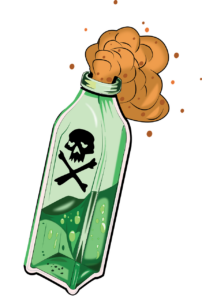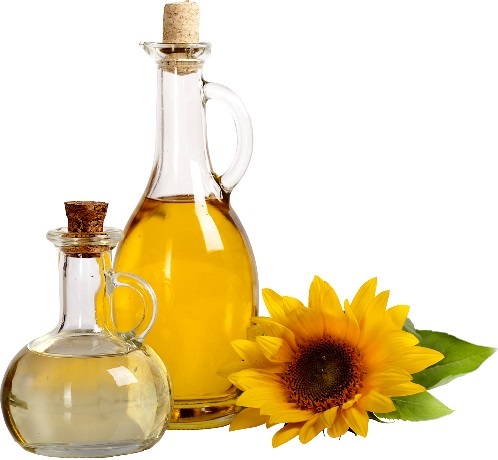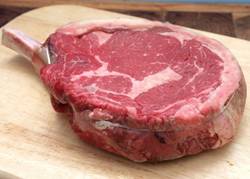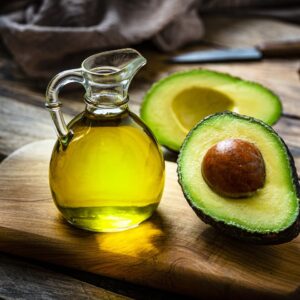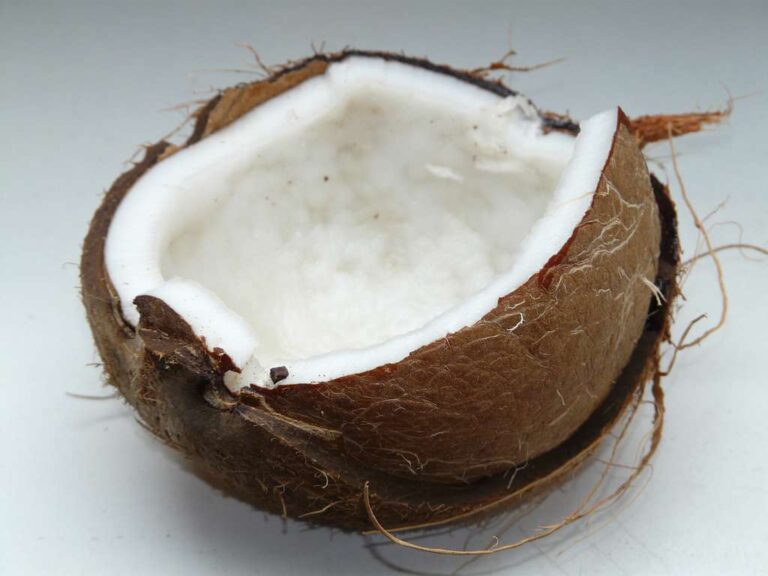
Best, most stable fats / oils to use for frying
Although --- Prefer steaming, poaching, boiling, pressure cooking
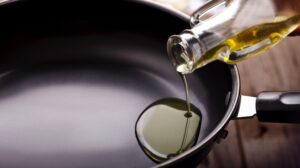
Not all oils are good for frying
Applying too much heat to an oil can cause it to smoke, indicating that its fatty acids are breaking down into toxic and mutated forms – now clearly demonstrated as a cause of many of today’s health problems
Frying temperatures can reach 350 – 450 deg. F (ideally 350-375 deg. F), so for frying / sauteing / grilling / stir-frying, choose an oil with a high smoke point. However, although some oils have high smoke points (e.g. peanut and soybean oils), they are usually refined, contain toxic fats and/or are from genetically modified crops;
• UNREFINED avocado oil (76% monunsaturated fat). An extremely stable oil for frying temperatures, with a smoke point of 480°F; this oil is also highly nutritious, but costs quite a bit more than expeller-pressed coconut oil

• Expeller pressed coconut oil (92% saturated fat). Has no coconut taste; a very stable oil for frying temperatures with a smoke point of 450°deg. F.

• Palm Oil (50% saturated) and Palm kernel oil. Stable frying oils, but not easily obtained in the Western world; have a strong flavor.
For flavor – you can ADD a little butter (66% saturated) to other more heat stable oils. Keep the frying temperature as low as possible;
Do NOT use olive oil or polyunsaturated fats (e.g. corn, canola, sunflower, soybean oil) for frying. They are too easily oxidized by heat
Smoke Points of Oil
Before reaching boiling point an oil will smoke. Indicating that its fatty acids are breaking down; also causing oil to taste and smell unappetizing;
Smoke point of an oil is affected by:
• Type of oil and its components
• Oil’s level of refinement – the more refined, the higher the smoke point
Good Frying / Grilling / Sauteing Choices |
||
Fat/Oil |
Smoke Point °F |
Smoke Point °C |
| Avocado Oil (Refined) | 520°F | 271°C |
| Avocado Oil (UNREFINED) | 482°F | 250°C |
| Butter | 250-302°F | 120-150°C |
| Canola Oil (refined) | 400°F | 204°C |
| Coconut Oil (extra virgin) | 350°F | 177°C |
| Coconut Oil (expeller-pressed, refined) | 450°F | 232°C |
| Corn Oil | 440°F | 227°C |
| Flax seed Oil | 225°F | 107°C |
| Ghee (clarified Butter) | 482°F | 250°C |
| Lard | 374°F | 190°C |
| Macadamia nut | 390°F | 199°C |
| Olive Oil (extra virgin) | 374°F | 191°C |
| Olive Oil (virgin) | 410°F | 210°C |
| Olive Oil (extra light, refined) | 390-470°F | 199-243°C |
| Palm oil (fractionated, modified palm oil, commercial use) | 455°F | 235°C |
| Peanut Oil (Refined) | 450°F | 232°C |
| Peanut Oil (Refined) | 450°F | 232°C |
| Sesame Oil (unrefined) | 350°F | 177°C |
| Soybean Oil (refined) | 460°F | 238°C |
| Vegetable Shortening | 360°F | 182°C |













